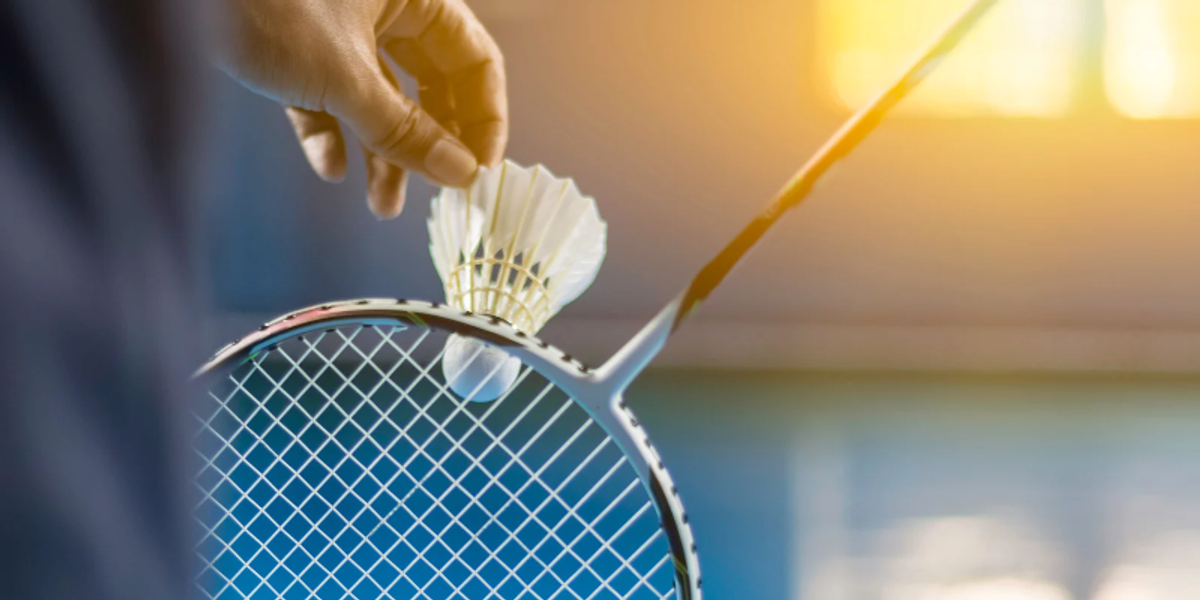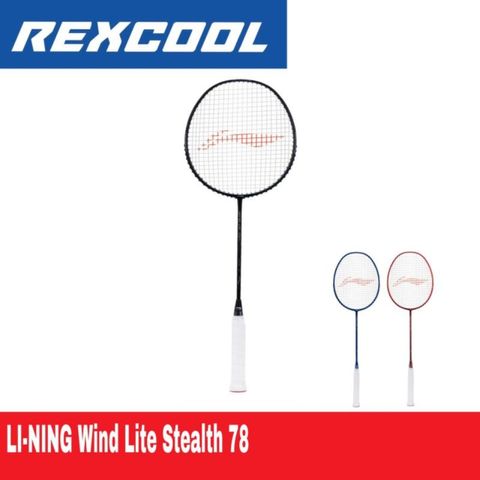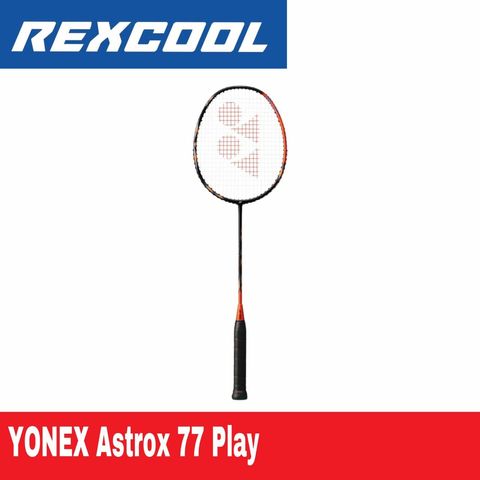
All You Need To Know About A Badminton Racket Badminton is popular among youngsters in Asia and parts of Europe. A pacy encounter is simply great fun. But one must be prepared for it. The badminton racket is central to all the thrill. The badminton racquet or racket, which is the official term adopted by the Badminton World Federation (BWF), is a simple to handle, light piece of equipment which forms the basis of the sport. While there are multiple lengths and sizes of the badminton racket for kids, adults, and casual use, professional badminton players have to use rackets of a certain specified length and width. Let’s take a look at the specifications set by the BWF. The badminton racket has five major parts to it – the stringed area, the head, the throat, the shaft, and the handle. The racket in its entirety is called a frame. The frame can have a maximum length of 680mm while the overall width is restricted to 230mm. Stringed area This is quite self-explanatory – the stringed area is the netted part of the badminton racket with which the player intends to hit the shuttlecock. The BWF rules stipulate that the stringed area should be flat, and the pattern of cross strings should be alternatively interlaced where they cross with each other. The string pattern is advised to be uniform in nature and not dense – more amount of string means lesser string tension - at any part of the stringed area. The overall length of the string should not exceed 280mm while the overall width needs to be maintained within 220mm. The head The area which bounds the stringed area is called ‘the head’ of the badminton racket. Now, the shape of the head is generally oval – which is used by professional players who usually prefer more power on their shots. However, there is also another shape called the ‘isometric head’ – which means that the racket is broader at the top. The wider nature means that there is a bigger ‘sweet spot’ – the part of the racket which meets the shuttle best - allowing players more chances of hitting the shuttle better. However, this is generally used by amateur badminton players and not by pros. | |
 | The throat (T-JOINT) This is the part of the racket which supports the head by providing a steady base and connects the head to the shaft. This is an optional part, as some badminton rackets directly connect the head to the shaft. In rackets that have no throat, the stringed area can be extended. However, the extended limit can have a maximum width of 35mm while it should simultaneously ensure that the overall length of the stringed area does not exceed 330mm. |
 | The shaft The shaft is the part of the racket which links the handle to the head, or in some cases the throat of the badminton racket. There are no specifications stated for the length or width of the shaft. |
 | The handle The bottom-most part of the racket gripped by the player, the handle is arguably the most important cog. The ease of grip on the handle for a player often determines how comfortable the player is with the racket and can decide the performance on the day of professional players. There are no specifications for the length or width of the handle, with each player customising it to their needs. Apart from these, the BWF laws also state that the racket should not have any attached objects and protrusions other than to prevent wear and tear of the racket, applying short tape to the stringed area for example, to distribute weight or to secure the handle by a cord to the player’s hand, provided such measures are reasonable in size and placement. |
The badminton racket should also be of a fixed, elongated shape and should not be attached with any devices that can materially change the shape of the racket. Racket balance point Rackets with the same weight could have different weight balance. A head heavy balance means the weight is shifted towards the head while a head light balance means the weight is shifted less towards the head (towards the grip). Any racket with a balance point of 285-290mm (length measured from the bottom of the racket handle, without any replacement grip being applied) is considered a balanced racket, while anything lesser than that is considered head light, and anything more is considered head heavy. A head heavy racket will give you more power due to the momentum generated from the heavier racket head, but less maneuverability. Do remember that once you string your racket and apply replacement grip to it, the original weight balance point will be shifted. Some players stick a kind of weighted tape called lead tape (the tape is made of lead) onto the racket head or anywhere closer to the racket handle to shift the balance point to their liking. This is a cheaper way in getting a ‘fresh’ newly balanced racket, as compared to buying a new one. As a general rule, if you like to smash a lot and do not mind sacrificing a certain extent of manoeuvrability, get a head heavy racket for more power. If you play more defensive, fast or controlled type of shots, get a balanced or head light racket for better manoeuvrability. For starter, always get a balanced racket to be on the safe side, rather than committing to a head-heavy or head-light bias and later find that it’s not suitable for you. Once you know your characteristics of play, you can always replace your racket with a more suitable one later. Badminton shaft flexible/stiff (Flexible badminton racket) Better for smash defense: What are the advantages of a flexible badminton racket? Flexibility is the most discussed specification of a racket. It largely determines the sensation of a badminton racket. But why should you buy a flexible badminton racket? A flexible shaft is better for badminton players who have
Arm-friendly and comfort The second big advantage is the flexible shaft feels soft and comfortable during a hit. Much less force is required for the shaft to bend further. In that case, for a recreational / beginner, it feels much more comfortable / softer when the shuttle is hit. An additional advantage is that much less force is therefore required to hit the shuttle far in the back of the field! "More power" or energy-saving In marketing terms, the magic word "power" is often used. We prefer to call this "energy-saving". Do you know why? Below, we explain how this works. The reasoning of the term "extra power" is because the shaft of the badminton racket bends more easily during a shot. So with less impact, the shaft gives more power. The shuttle flies the same distance, but it requires less power from the player. What are the disadvantages of a flexible badminton racket? A famous saying is: Every advantage has its disadvantage. This also applies to the flexible shaft of a badminton racket, but at the same time these 'disadvantages' are the advantage of a stiff shaft! So the question is also: What are the advantages of a stiff badminton racket? Less control & power for advanced players Did you know that a badminton player can hit harder than the shaft can keep up? This may sound strange, but for such an advanced player these racket feels like a fly For an advanced player who likes to hit hard and precisely, a stiff shaft is very important. It gives a lot more feedback and speed on hard hits such as a smash, tight clears and drives. Even with short fast strokes on the net, it gives a fast response. Perfect for a quick game to give the opponent less time. Downside stiff badminton racket A too stiff shaft will reduce power and may cause injuries. A badminton shaft should always bend resiliently during a hit. It therefore requires a fit arm and more technique. In many cases, it is not suitable for beginners and recreational users. However, beginners and recreational users often still use too stiff shafts. They are often very old badminton rackets or cheap rackets that mainly look at the price and color. So be careful with this if you do not know what is good for your game and physical. What flexibility do I need? Of course, you are now wondering which type of flexibility suits you best. It is difficult to say this exactly, but we can make a general assumption. Are you a beginner or a recreational player without a lot of experience? Then take a flexible racket to prevent an injury. If you have a limited budget, take a medium flexible shaft. Are you an advanced badminton player with a fit arm, good hitting technique, and do you easily hit the shuttle from the back line? (and we don't mean about the sidelines, but back line)
Then take a stiff shaft for more control and smash power! Then of course there remains a very large group of all-round players who can best focus on the medium flexible shaft. We always advise to do not suddenly choose the complete opposite. If you have been using a very flexible racket for years, then you shouldn't switch to a stiff racket. There is a great risk that it does not feel good or that your arm / shoulder will be injured. Flexible shaft: Youth, beginners and recreational users who have trouble getting the shuttle in the back. Defensive mode Medium flexible shaft: Youth electrician). Recreationalists Advanced players of all game types: defensive, all-round and offensive Stiff shaft: For advanced players with a fit arm For attacking players and hard hitters For ambitious players who are used to a medium flexible shaft and are looking for more control and smashing power. | |
Related products

LI-NING Wind Lite Stelth 78 Badminton Racket

FELET TJ Power-Control Badminton Racket


